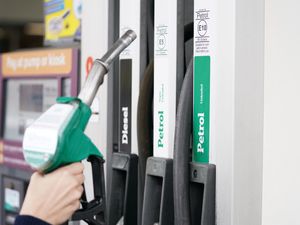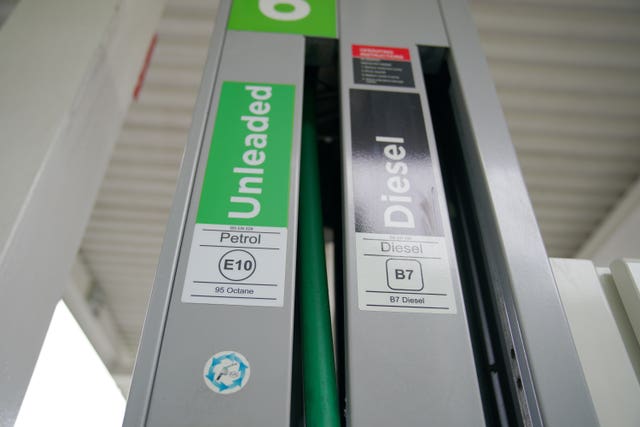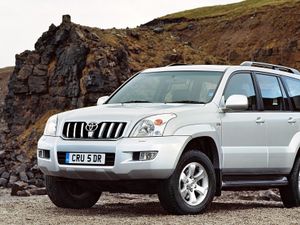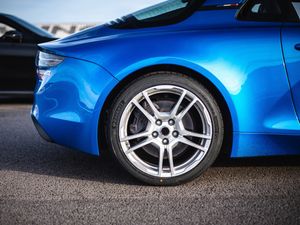What is E10 petrol and is my car compatible?
The new fuel is being introduced now across Great Britain.

A new type of fuel has been introduced at British forecourts from today (September 1), designed to cut emissions.
Called E10, it is replacing the regular E5 petrol we’re used to – but research from breakdown service the RAC suggests a quarter of drivers are unaware of the change and the risks to some cars.
With this in mind, we’ve put together a handy guide to tell you everything you need to know.
What is E10 petrol?
E10 is a standard of petrol that has an ethanol content of up to 10 per cent. It is being introduced to replace E5 at regular pumps, which has, you guessed it, five per cent ethanol.

Although the change might seem small, it’s important to know if your car is compatible because if it isn’t, it could cause damage.
Is my car compatible?
Fortunately, there’s an easy way to find out. The Government has launched a free online checker that explains which years and models are compatible with E10 for each manufacturer.
For example, all petrol driven Fords sold in Europe since 1992 are cleared for E10 use, except for the Mondeo 1.8 SCI built between 2003 and 2007.
As a rough guide, vehicles built before 2002 will likely not be compatible, while legislation required all vehicles sold in the UK since 2011 to be E10 compatible.
What if my car is not compatible?
It is believed more than 600,000 cars in the UK will not be able to use E10, so premium pumps will still use E5 to give these buyers a choice. However, it’s important to check this is the case before fuelling your car.
While this gives owners of older cars an option to keep running their vehicles, it will see running costs rise.
What if I put E10 in an incompatible car?
It depends on the model, but it shouldn’t be disastrous in the short term. You might notice that the car is down on power and struggles to start, but if you fill the tank with E5 as soon as possible it will reduce the ethanol content and flush through.

However, it can cause major problems in the long term if not addressed. If you fill an incompatible car with E10 and then leave it to sit undriven for an extended period of time – something common with classic vehicles – it can cause expensive damage to metals, plastics and seals.
Why has this change happened?
Increasing the ethanol content reduces emissions, particularly CO2. The Government predicts that switching to E10 is equivalent to taking 350,000 cars off the road.





